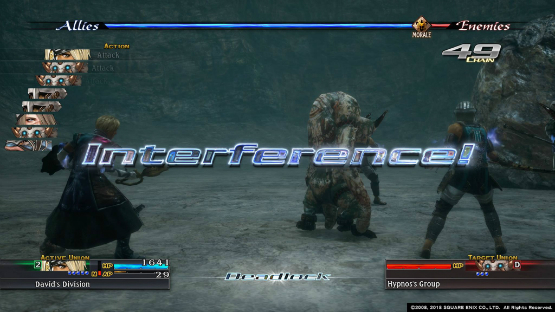Being a JRPG fan means being a hypocrite. I’ve written more than a few paragraphs decrying the inexorable march away from turn-based combat, but I’ve also found the most compelling releases in recent years have done more than just tinker a little with the traditions of the genre. There’s a delicate balance to be struck between inputting commands for “Magic, Summon, Giant Demigod With A Castle On Its Shoulders” and something so unfamiliar it begins to feel as though I’m playing a different kind of game altogether.
Somehow, a decade after its release, The Last Remnant Remastered manages to toe that line perfectly. Even more bizarrely? Nothing about the game has changed from its initial release, save some updated graphics and ease-of-life additions. Square Enix’s decision to finally bring one of its more niche releases to the PlayStation pays off in the sense that it brings with it a combat system that even now feels revolutionary. I’m just not certain that the game’s transcendent combat can work to balance out its many other flaws, especially now that the genre has begun to move toward more innovative looks at combat as the norm.
A Unified Front
Much of The Last Remnant Remastered‘s combat is fought using its union battle system. Players are able to acquire units, either through story, recruitment, or completing sidequests, and then use that roster of fighters to fill out different unions, which function like one party member, essentially. Unions are given vague orders that mimic what a real-life tactical decision might look like, with less “use your hammer’s giant lightning swing ability to strike the enemy crab’s frail little legs” and more “use physical skills.” The union then performs that order to the best of its ability, with each member attacking the same group a player points them toward but interpreting the order differently based on their skill set and general attitude towards monster-slaying.
Unions even have formations that affect their strengths on the battlefield. As the player gets access to bigger unions and more units, this begins to become more important. Maximizing the effectiveness of a magic caster unit, for instance, often means finding a formation that has one or two soldier-types protecting them on the frontlines while they’re able to do their thing from the back. Completing guild requests, which are this game’s achievement system, will often unlock newer, more powerful and complex unit formations. It’s all incredibly deep and I found myself very proud whenever I did the hard work to figure out how to maximize my union’s chance of success on the battlefield. Even if those combinations fail, the game is forgiving – all units are healed after every battle, and the game has an autosave function that kicks in immediately after each victory in a dungeon.
One small change in The Last Remnant Remastered‘s debut on a Sony console: battles can be sped up in turbo mode. Since the game is still turn-based, operating like a chess board with flanking, orders, and union management, when players hit their stride the battles can kind of drag out. Watching 16 to 20 orders play out in real time can genuinely take a few minutes, and the introduction of Turbo is a nice touch for those who want to move on a little quicker.
Finally, it’s important to touch on this game’s party system in general, which sees players kind of make their own story out of the characters they recruit. Beyond the main cast, it’s kind of up to you who you recruit and how you use them. I found myself getting attached to bit characters and people I’d helped in quests earlier pretty frequently, only reluctantly removing them from my roster in battles they had no hope of helping to contribute in. It’s not that uncommon now, but to think a game made ten years ago had this level of depth in creating a personalized experience is frankly quite impressive.
Are Eye Patches Still Cool?
The Last Remnant Remastered does tend to show its age outside of its combat system, though. While the game looks significantly improved to its 2008 counterpart, it still doesn’t look like a 2018 release in the slightest. Some characters also fall victim to design choices that probably seemed a little more eye-catching a decade ago, with main character David’s eyepatch-he-only-wears-when-firing-a-giant-cannon-that-requires-no-aim-whatsoever being the most egregious fashion decision. The same goes for Ditto Torgal, the cat person whose close-ups made me really uncomfortable. I don’t know why he stares at me the way he does, or why his mouth is a looking glass directly into the uncanny valley, but it’s moments like those that remind me I’m playing an older title.
The aesthetic can be forgiven, though. There’s not much to be done about design decisions made so long ago, and besides, there’s a bit of nostalgic charm in seeing a character behave as if they’re being pulled by a puppeteer just off screen. Where the real issues emerge are in The Last Remnant Remastered‘s story.
Simply put, the story is nonsensical to the point that it quickly becomes apparent trying to keep track of why anyone does something isn’t really worth your time. It’s hard to get pulled in by main character Rush Sykes, who behaves like a cross between the village idiot most JRPG heroes save in their first side quest and that annoying guy you went to college with who kept mispronouncing your name and patting you on the shoulder just a little too hard. The rest of the cast begins to follow him Just Because, and that’s only scratching the surface of the absurdity with which The Last Remnant Remastered haphazardly bombards you with regularly during its narrative.
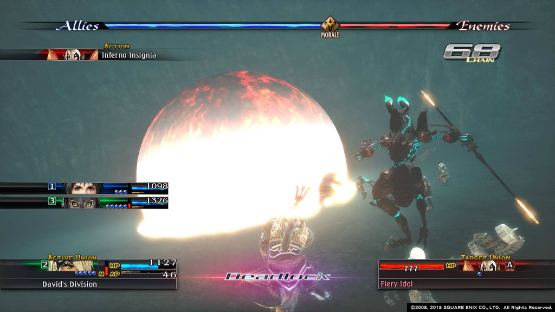
Like Reading Hieroglyphics
Beyond the game’s glaring narrative issues, there’s also a distinct lack of information given to the player in the game. I had to look up what my Battle Rank even meant (enemies scale with it, it’s influenced by an algorithm that I can only imagine someone now working at NASA made, and for some reason its better to keep it low), and that was within the first hour of playing The Last Remnant Remastered. Once I got to a post-battle screen that informed me Emma’s “Love” rating had increased, I gave up trying to make sense of it all, although I’m sure there’s something there if you’re willing to dive much, much further down that rabbit hole than I was.
The same can be said of the game’s crafting systems, which are really fascinating once you figure out what you’re supposed to do with them. There’s not a lot of direction given to the player in The Last Remnant Remastered, and while that approach can work for games with engrossing game worlds and open-ended gameplay, this title has neither of those. Players navigate the world through a painted map and then enter cities or dungeons through it, and there are sidequests—a lot of them—but they don’t really open the world up in a big way. There will also be more than a few times that a story beat will suggest one thing but secretly need players to visit another area first, causing some frustrating and unintentional puzzle-solving that seems grossly unnecessary.
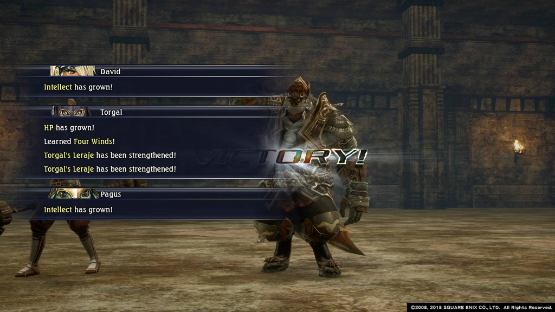
A Relic Worth Preserving
All that said, though? The Last Remnant Remastered still gets my recommendation for JRPG fans. The game does something with its combat system that few had tried before or after, and it is a genuine joy once you’ve got the hang of it. When you strip away the below-average genre trappings, all that remains of The Last Remnant Remastered is a damn fine combat system that was clearly built before any other element of the game. Even after the hundredth time Rush yelled “let’s kick some A!”, I still couldn’t wait to figure out how best to pincer the enemy units and snatch victory from the jaws of defeat.
The Last Remnant Remastered review code provided by publisher. Version 1.00 reviewed on a PlayStation 4 Pro. For more information on scoring, please see our Review Policy.
-
Transcendent battle system
-
Deep strategy
-
When Rush dies in battle it doesn't actually feel that bad
-
Terrible story
-
Graphics still not up to current-gen standard
-
Stat and EXP tracking are pretty nonsensical
The Last Remnant Remastered Review
-
The Last Remnant Remastered Review
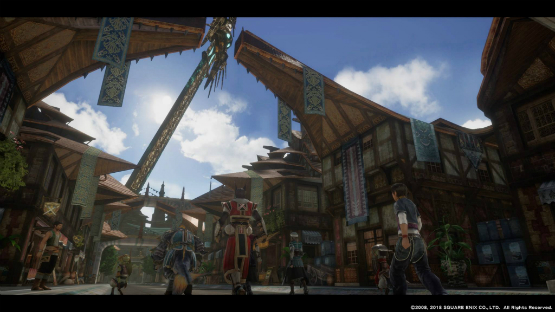
-
The Last Remnant Remastered Review
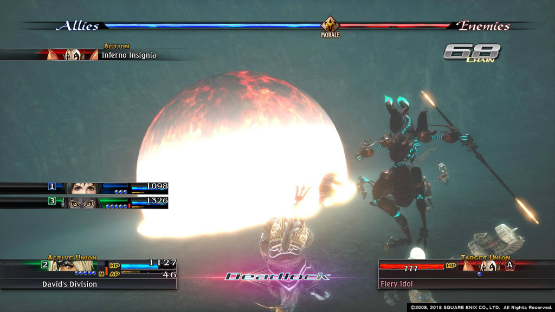
-
The Last Remnant Remastered Review
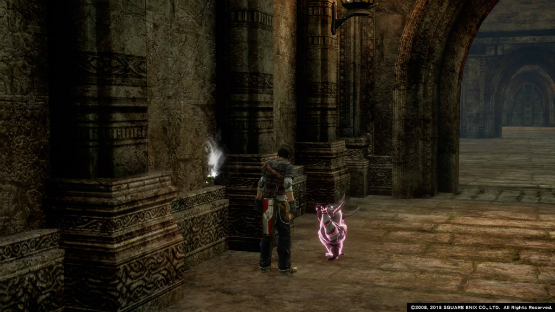
-
The Last Remnant Remastered Review
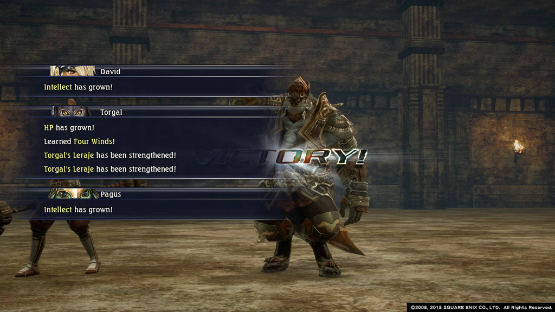
-
The Last Remnant Remastered Review
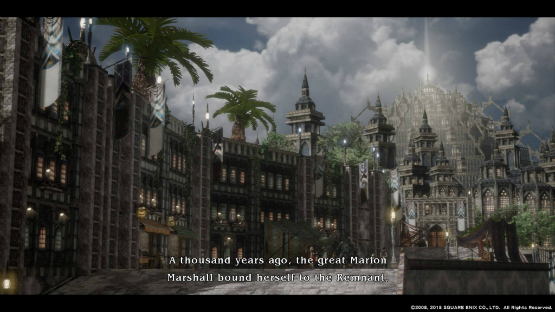
-
The Last Remnant Remastered Review
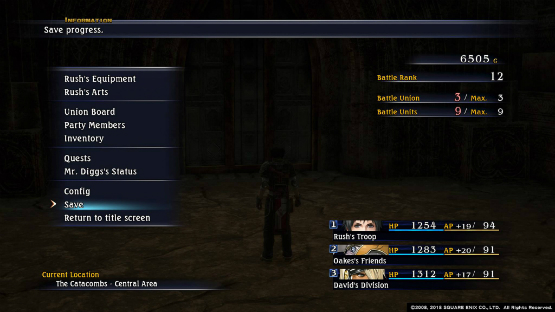
-
The Last Remnant Remastered Review
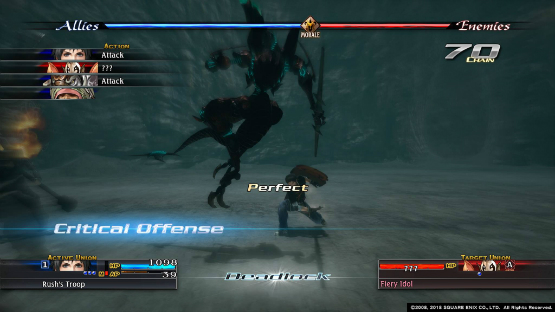
-
The Last Remnant Remastered Review
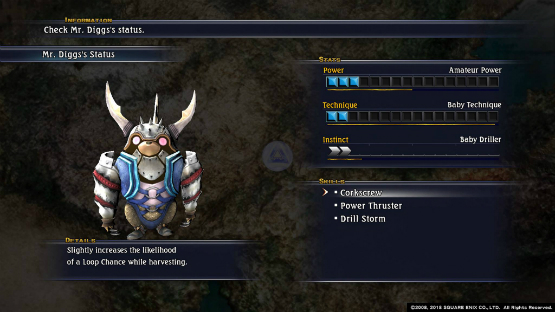
-
The Last Remnant Remastered Review
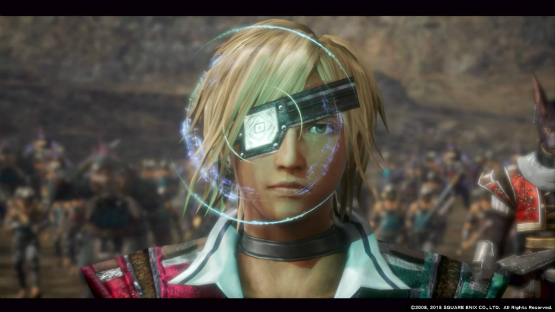
-
The Last Remnant Remastered Review
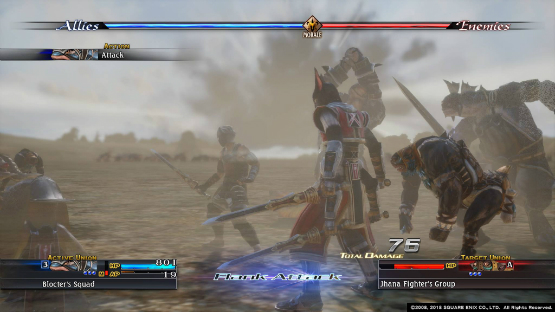
-
The Last Remnant Remastered Review
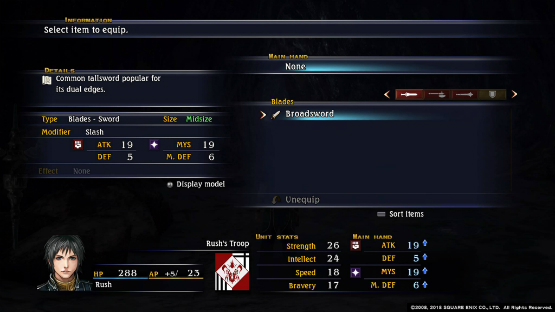
-
The Last Remnant Remastered Review
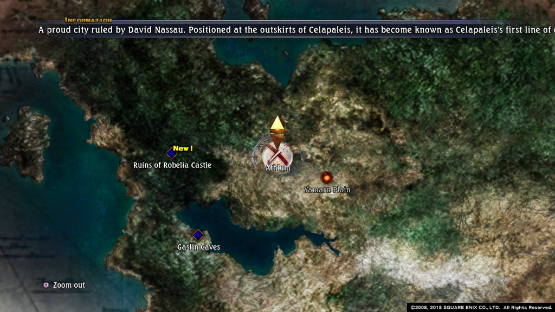
-
The Last Remnant Remastered Review
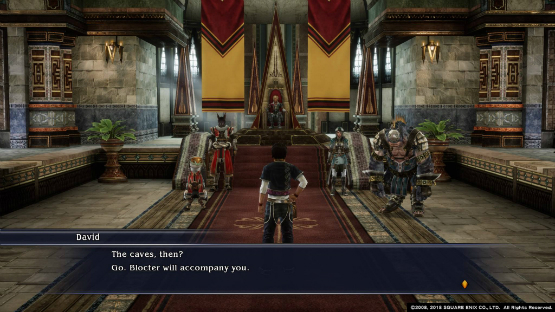
-
The Last Remnant Remastered Review
